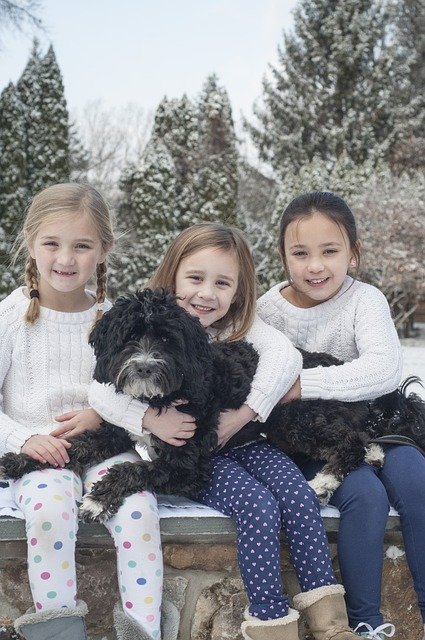
On the one hand, we are talking about the unwavering friendships that can unite a child to a dog, and on the other hand we are sounding the alarm bells on cases of child abuse by their own dog.
Why this contradiction? Several reasons for this. First of all, it must be said that very few dogs really love children as a particular “kind”: dogs (all dogs) only love, defend and protect children in their family, whereas ‘they hardly support foreigners. This is a direct consequence of imprinting: the dog perceives the child as a puppy .
But what is happening in nature, between puppy and adult? Quite simply, adult males only respect, defend and protect the puppies in their pack. This is because within a wolf pack, only the dominant male (or the pack leader, who is always a male) can cover females. A male meeting a puppy therefore has a good chance of meeting one of its offspring: if it were aggressive towards them, it could kill its own offspring.
A puppy that is a few months old has no defences against an adult male, so the male must be countered with very strong inhibitions in order not to attack the puppies in its pack. Be careful though: these inhibitions completely disappear when it comes to puppies that are foreign to the pack. Indeed, these cannot be “the children of the chief”, but on the contrary the children of a possible ” invader ” who could threaten his territory.
Dramatic conclusion, but perfectly logical from the point of view of mother nature: the dominant male does not hesitate to attack and kill them. In nature, this situation is not often encountered because the territories are well demarcated. But this example serves to make it understood that the dog instinctively and naturally respects “its” puppies, that is to say the children of the house, but that it does not feel bound to love and respect other children. .
Having said that, it must be added that many human children do not know the rules of canine decorum and therefore behave in a way that can irritate the most peaceful of dogs. The typical example is to fix the dog in the eyes, which a child does not fail to do, since it is at the right height! Unfortunately, for the child, this equates to a sign of respect and frankness while for the dog, it is a sign of challenge and an invitation to fight.
There are many noisy children, with exaggerated movements and who seem annoying to dogs in their slightest attitude: but the dog cannot tell them “that’s enough now”. Its only way to show a warning is to scold: and if those growls are ignored, it can move on to bites … which are usually only demonstrative, but which can leave a permanent mark.
To begin with, parents must therefore teach their children that the dog is not a toy but a good and gentle living being, but also sensitive to pain and to annoyances. Who can react to provocations, just like its little two-legged friends: the only difference is that the dog’s teeth are fiercer than those of the child.
In this way, at least several cases of aggression and/or bites will be avoided But this is not enough. Another important component of biting episodes should be looked for in the dog’s predatory instinct. Sadly, this is a component that many parents ignore when it comes to almost all truly dramatic child attack episodes.

